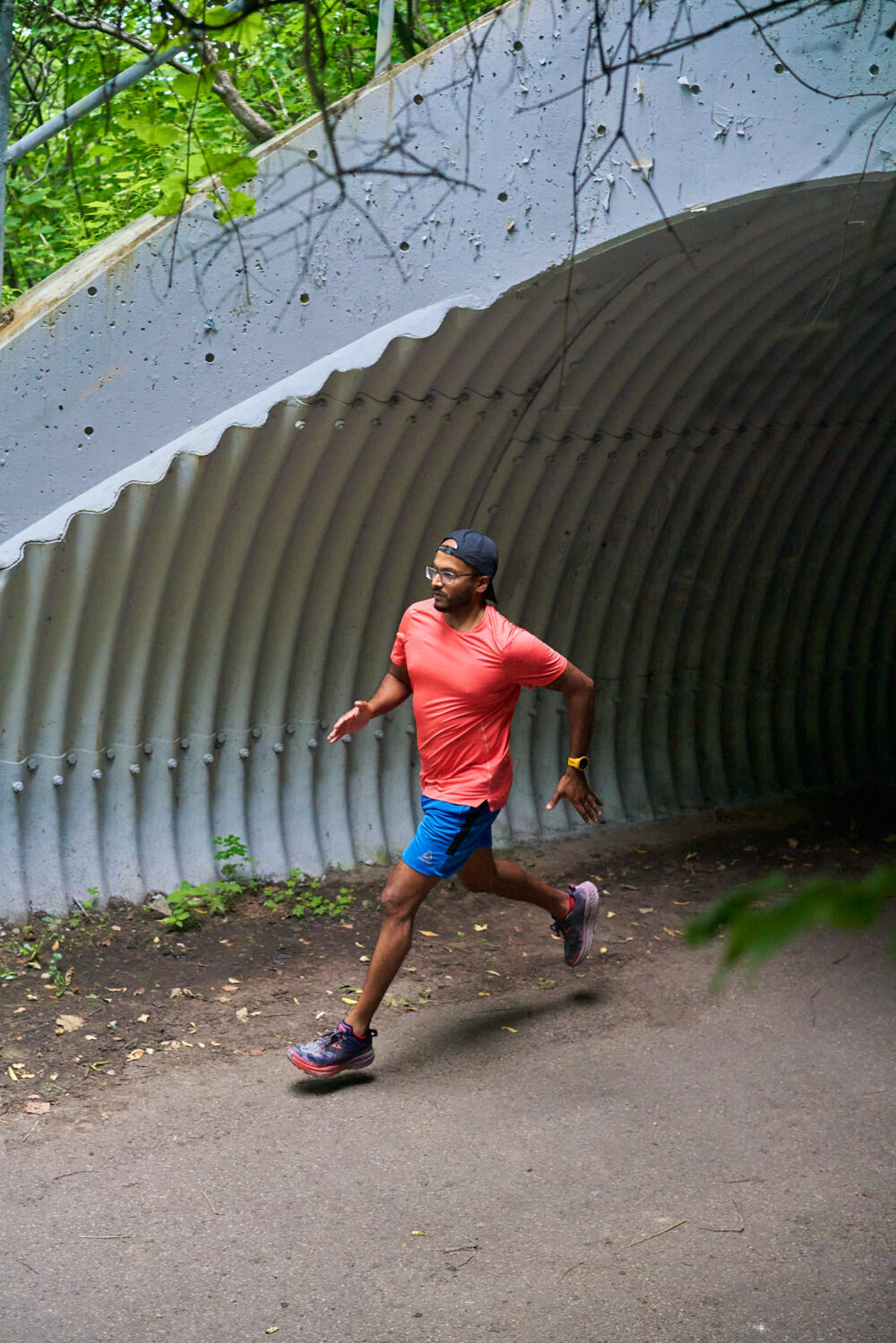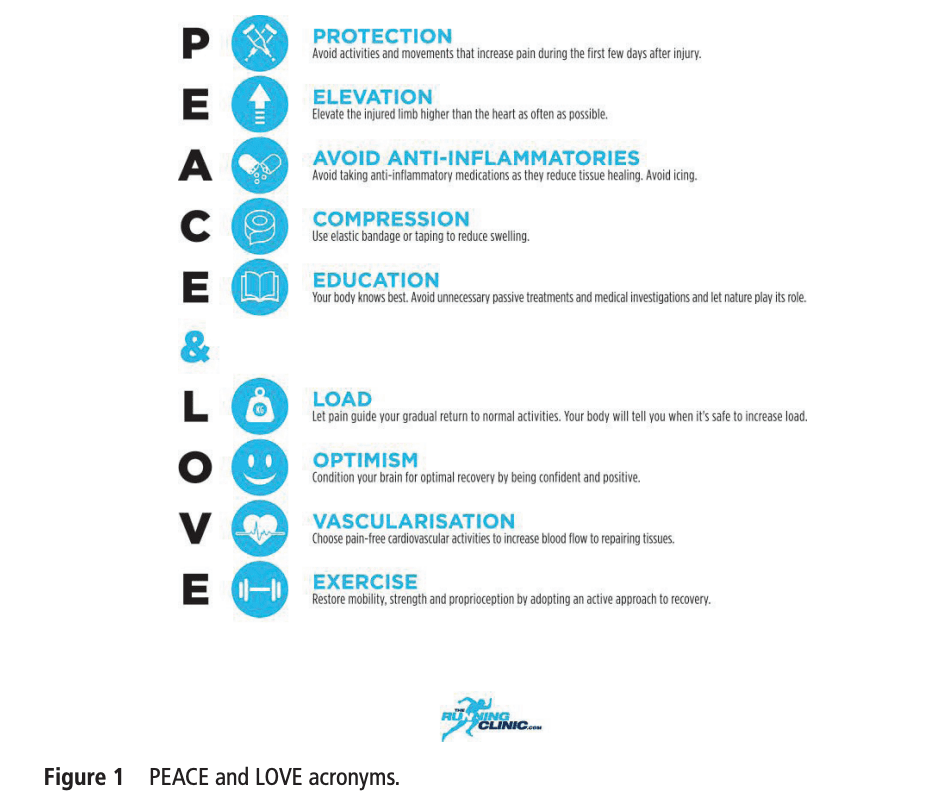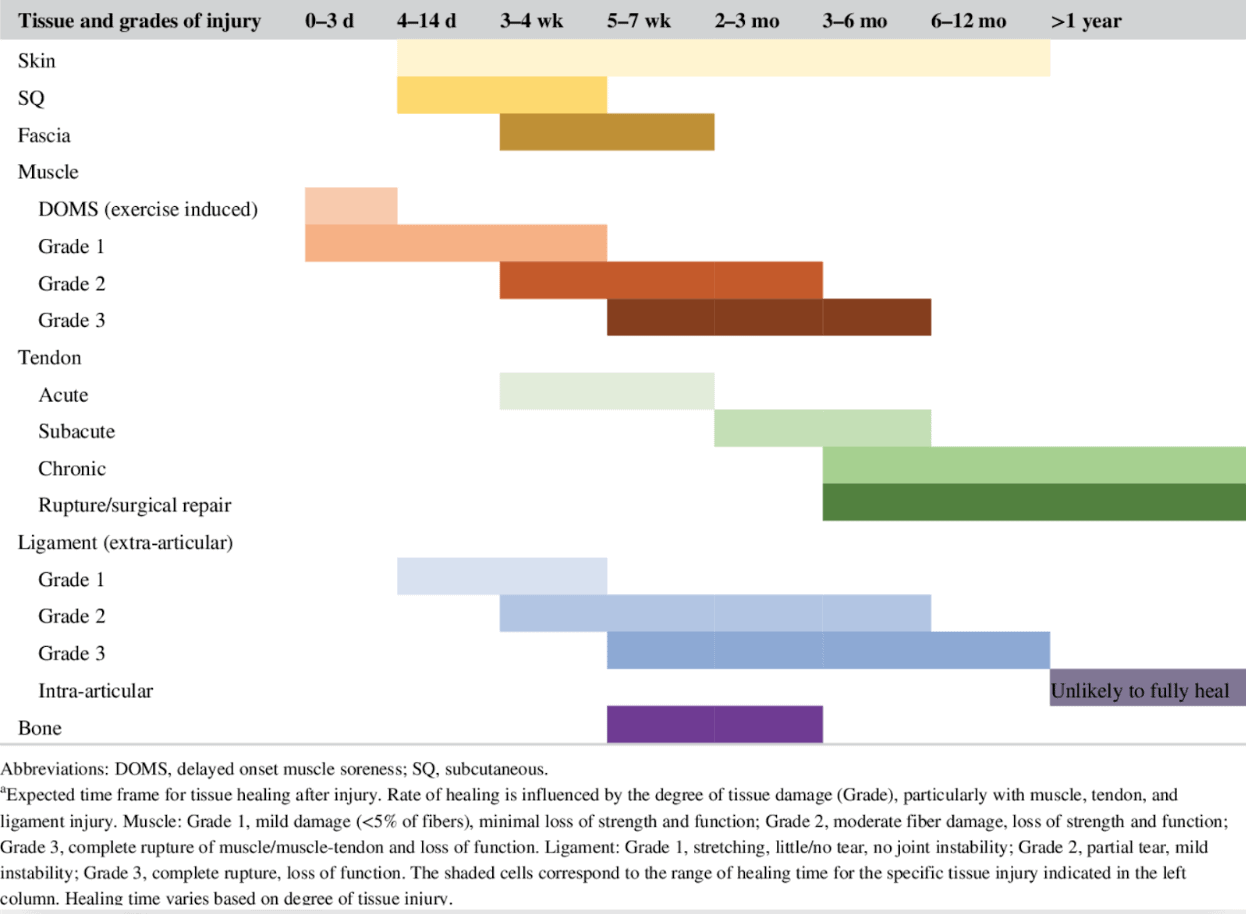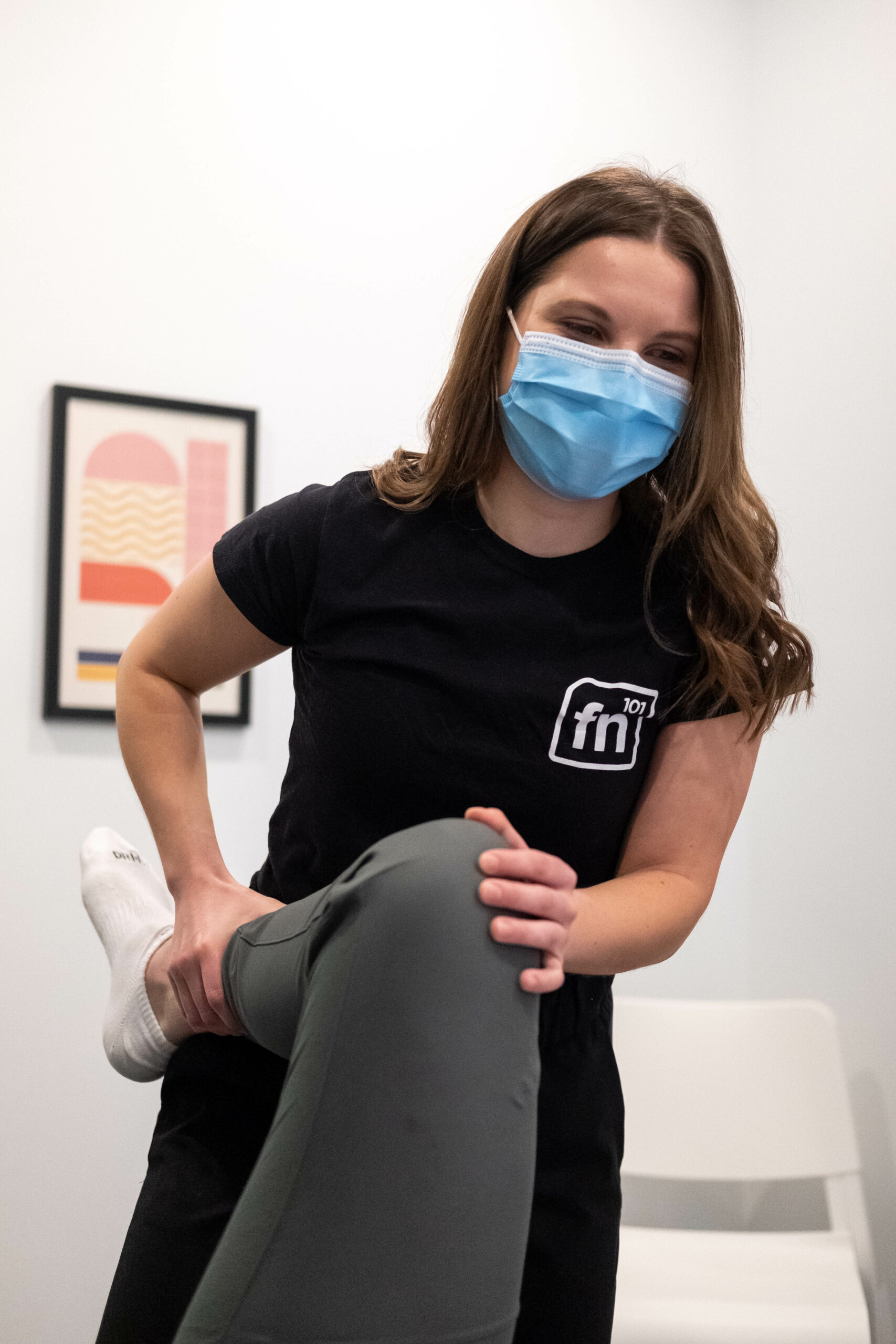
When someone sustains an injury, after the initial shock, one of the first questions is “how long will it take until I’m back to normal?”
It’s worth noting that every individual is different, and our healing times will vary. There are some things we cannot control such as our age, or type of tissue injured, blood supply of the tissue, and how much damage occurred. However, there are things we can control, like understanding the basic healing process, finding optimal loading during the injury, and receiving targeted treatment focused on healing and restoring function.
In this blog we will talk about the three stages of healing, healing based off tissue type, and how you can recover quicker and more complete.
STAGES OF HEALING
Phase 1: Inflammation
Inflammation occurs within the first 1 – 2 hours after injury, peaks at around 1 – 3 days, and generally lasts for a couple of weeks.

Phase 2: Proliferation
In the proliferation stage, your body creates scar tissue to repair your injury. This phase of healing starts within 24 – 48 hours, peaks at around 2 – 3 weeks after your injury and stops after around 4 – 6 months. This is the reason why you will still be experiencing symptoms a couple of weeks after your injury. Tissue healing is still in full flow and your body is busily creating new tissue.
Phase 3: Remodelling
New tissue is not good quality or very functional. It therefore has to be taught to behave like the structure it has repaired. When proliferation is at its busiest (around 2 – 3 weeks after injury), your body begins to remodel the new scar tissue to get it as close as possible to the function of the original tissue. This process can last for up to 2 years.
HEALING TIMELINES BASED OFF TISSUE TYPE
We now know how the body deals with injury. In clinical practice, it’s very helpful to have healing guidelines based on what tissue you injured. In this helpful graph, you can see the approximate time frame to heal based off the type of tissue and the degree of injury.
Grade 1 being the most mild muscle or ligament injury (with minor tissue damage), and grade 3 being the most severe (partial/full tear).
For example: if you have a sprain to your lateral ankle and it’s a grade 1 (mild) injury, you’re looking at 4 days to 5 weeks of recovery.

IN SUMMARY
To answer the question “How long should it take my injury to heal” depends specifically on the type of tissue which has been injured, the degree or severity of the injury, and the stage of healing you are in. It doesn’t stop there! Once a tissue is healed, we also need to make sure you’re able to load that joint/tissue for your specific activity to get you back to the things you love. This is where functional rehabilitation comes in. A thorough evaluation, diagnosis, and treatment plan by a healthcare professional is the first step after a tissue injury to ensure you heal properly, educate you on these tissue healing timelines, and reach your desired outcomes!
Looking to book in with one of our chiropractors or physiotherapists? Book online here, phone 905-525-0101 or feel free to reach us at info@function101.ca with any further questions you may have.

Sources:
(1) Dubois B, Esculier J-F, Br J Sports Med Soft Tissue Injuries simply need PEACE and LOVE January 2022 Vol 54 No 2.
(2) Bleakley CM. PRICE needs updating, should we call the POLICE? South African Journal of Sports Medicine. 2016 Vol 25 No 1.
Written by: Dr. Eric Nelson, Chiropractor + Co-Founder of Function101 Chiro + Physio



